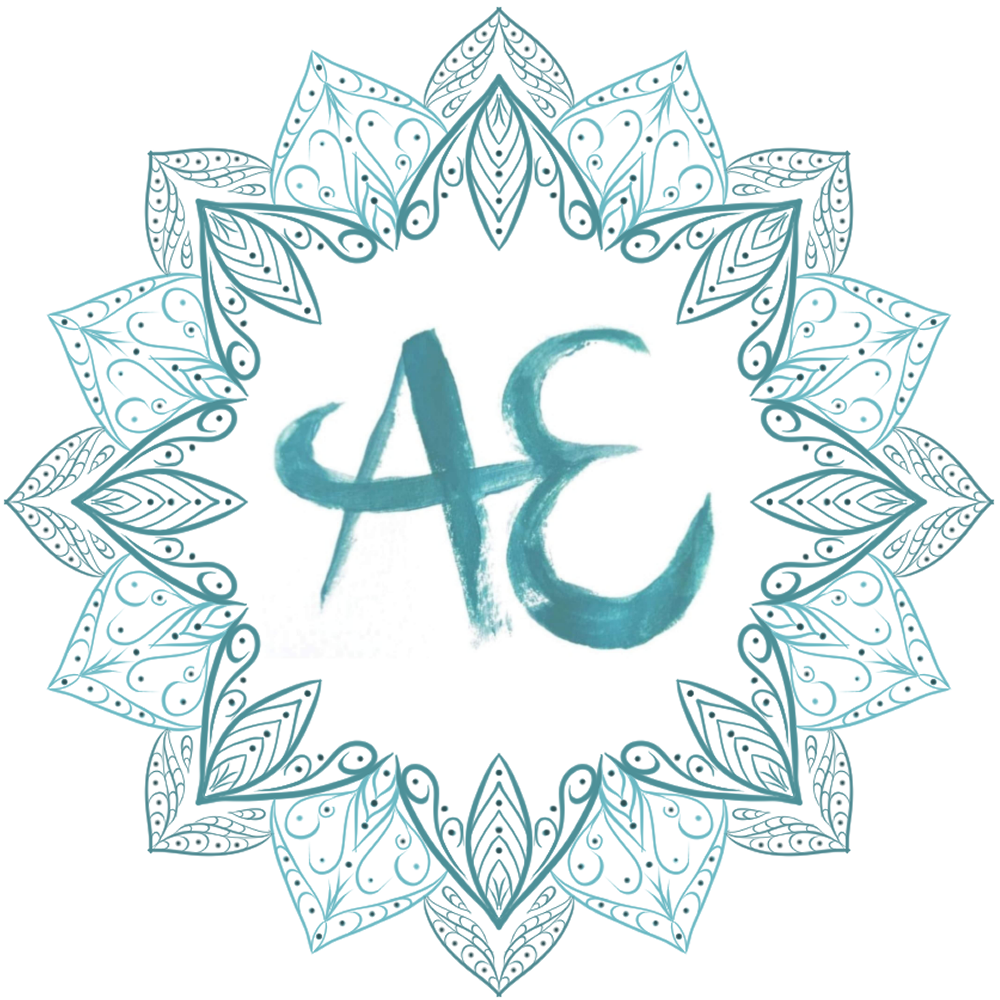If you’ve ever wondered about the what, who, when, where and how of reflexology, this could be for you!
Modern Reflexology
Modern reflexology came into being following the work carried out by Dr. William Fitzgerald on Zone Therapy. He showed that the body is split into 10 zones. The organs within each zone are energetically related, and so can influence each other on an energetic level. As an example, kidneys and eyes are in the same zones (2 & 3). Many reflexologists have found that eye problems go hand in hand with kidney weakness in some clients.
Where are the Zones?
The 10 zones start in each of the toes and fingers and work their way up to the head.
How does a reflexologist use Zones?
When treating a client a reflexologist may notice an imbalance in an organ. As well as working the imbalanced organ, the reflexologist may pay particular attention to the other organs in that zone. By treating any imbalance in these secondary organs, they are providing a more complete treatment which should lead to a better resolution of the problem.
At the very least, these are the benefits:
• Helps relaxation
• Improves mood
• Aids sleep
• Helps relieve tension
• Improves a sense of wellbeing
‘Most people note a sense of well-being and relaxation; however, sometimes people report feeling lethargic, nauseous or tearful, but this is usually transitory, and reflexologists believe that it is part of the healing process’ (Association of Reflexologists).
What happens during a treatment?
On your first visit to a reflexologist, they should take a medical history. The client will be asked to sign a consent to treatment form (online or in person) which will be kept confidentially. In most cases, the only items of clothing a client would have to remove is the shoes and socks. From here the therapist will use their hands to apply pressure to the feet (or sometimes lower leg, hands, ears or face). Generally, the experience should be relaxing but some minor discomfort may be felt. At the end of the treatment, the client can give feedback to the therapist and the therapist will recommend a course of treatments (sometimes just one or two treatments!).
Foot and Hand Charts
Currently there are several charts in use: empirical charts (gathered from personal experience), traditional Chinese charts, artistic charts (these are not usually accurate), ancient charts (elements have been lost from these charts throughout time) and reiterative charts (charts based on the body’s image – often built on the zone system).
How does it work?
The theory is that reflexology helps the body to restore its balance naturally.
There are four ways in that reflexology works:
1. By applying pressure in reflexology works with the nervous system, as it sends a calming message throughout the body
2. It reduces pain by reducing stress and improving mood
3. Reflexology helps decongest areas of stuck energy to help keep energy flowing smoothly around the body
4. Reflexology began with ‘zone theory’ which is described above. This theory is closely linked with the nervous system (point 1 above).
Who can have reflexology?
The Association of Reflexologists say that reflexology is a therapy is suitable for anyone at any age (from new-born babies to those receiving end of life care). However, there may occasionally be times when it is not suitable to provide a treatment, for example if the client suffers with varicose veins, ingrown toenails, bruises, cuts, foot fractures, athlete’s foot or a foot sore.
I hope your questions about reflexology have been covered but please do contact me if you want to find out more or try it out for yourself!
References
https://www.aor.org.uk/home/what-is-reflexology
https://www.healthshield.co.uk/the-benefits-of-reflexology/
https://www.thetherapy-works.com/phdi/p1.nsf/supppages/5547?opendocument&part=3
https://www.takingcharge.csh.umn.edu/explore-healing-practices/reflexology/how-does-reflexology-work
https://www.laurenslade.com/why-are-reflexology-charts-different/


